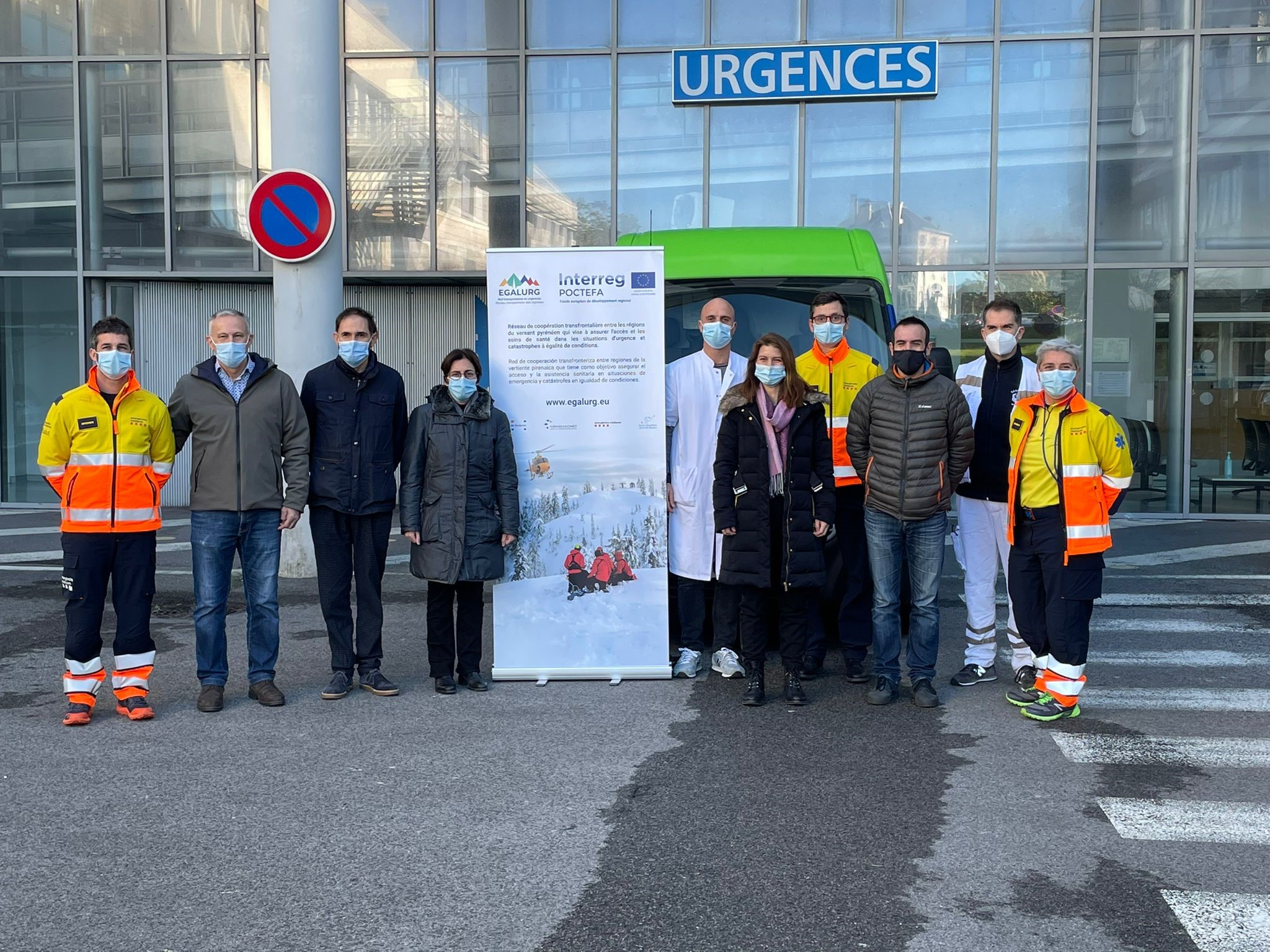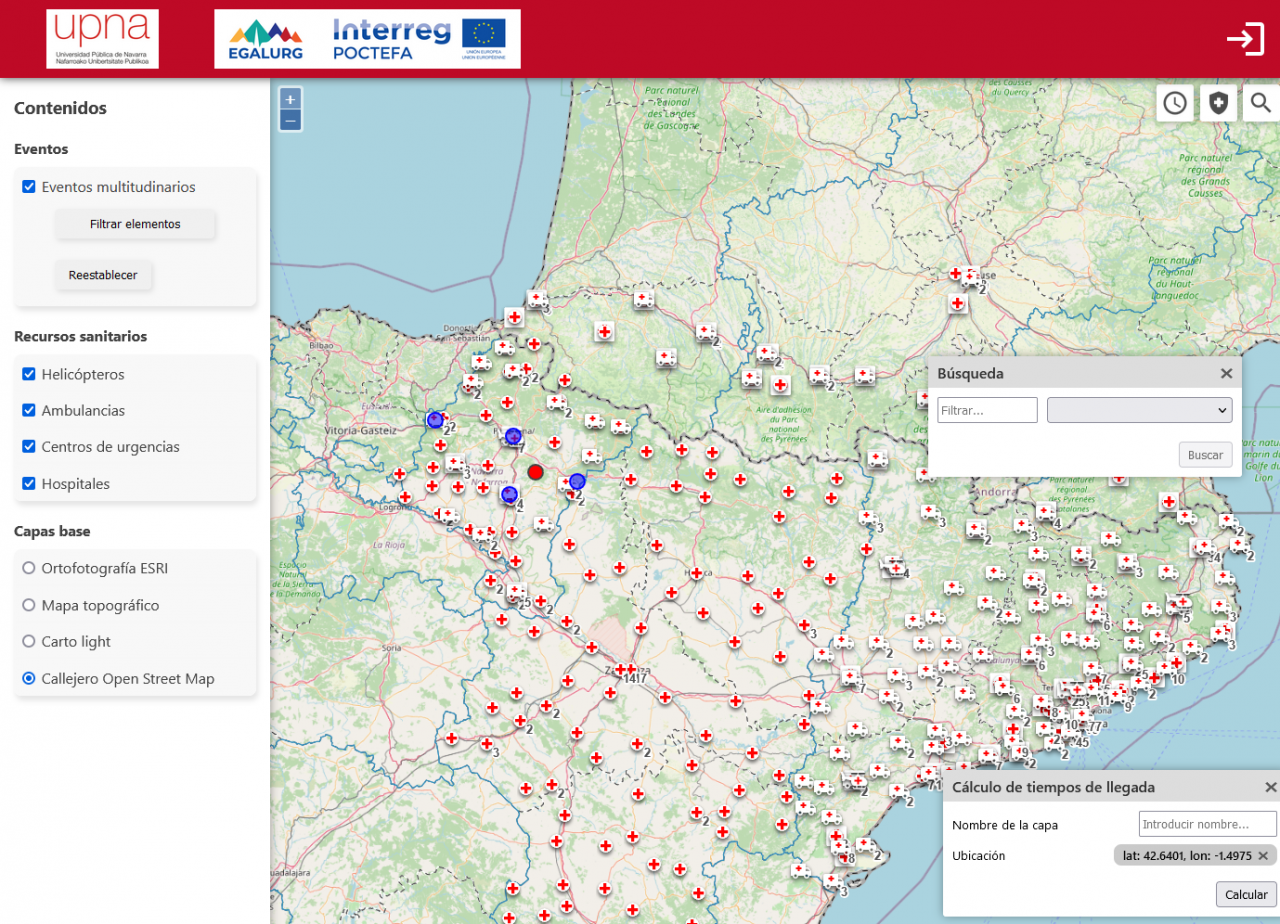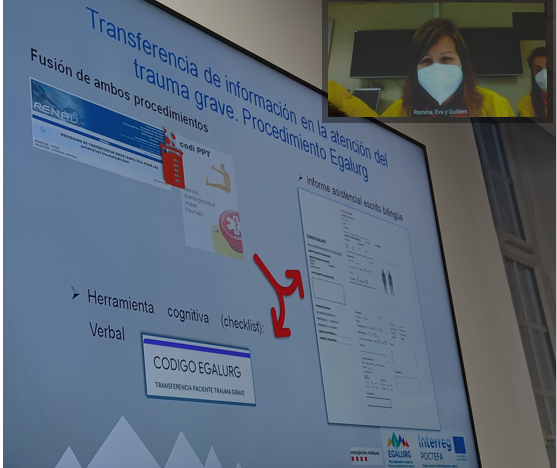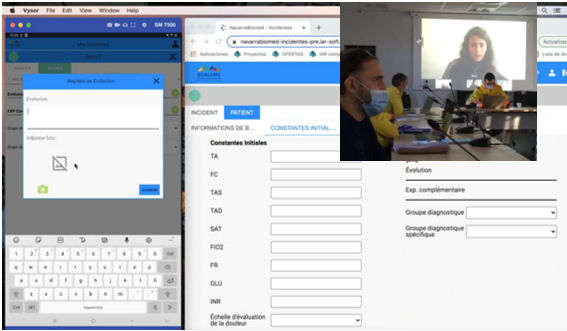The project is coming into the final straight, which will end on 31 May.
The European cross-border cooperation network EGALURG, whose aim is the reduce inequality of access to health care in the cross-border area in emergencies, held its 5th meeting on 13 and 14 January, in Bayonne. During the meeting, progress made over the last few months and the actions to be implemented before the end of the project, scheduled for the end of May, were presented. Furthermore, the meeting focused on emergency protocedures at mass events.
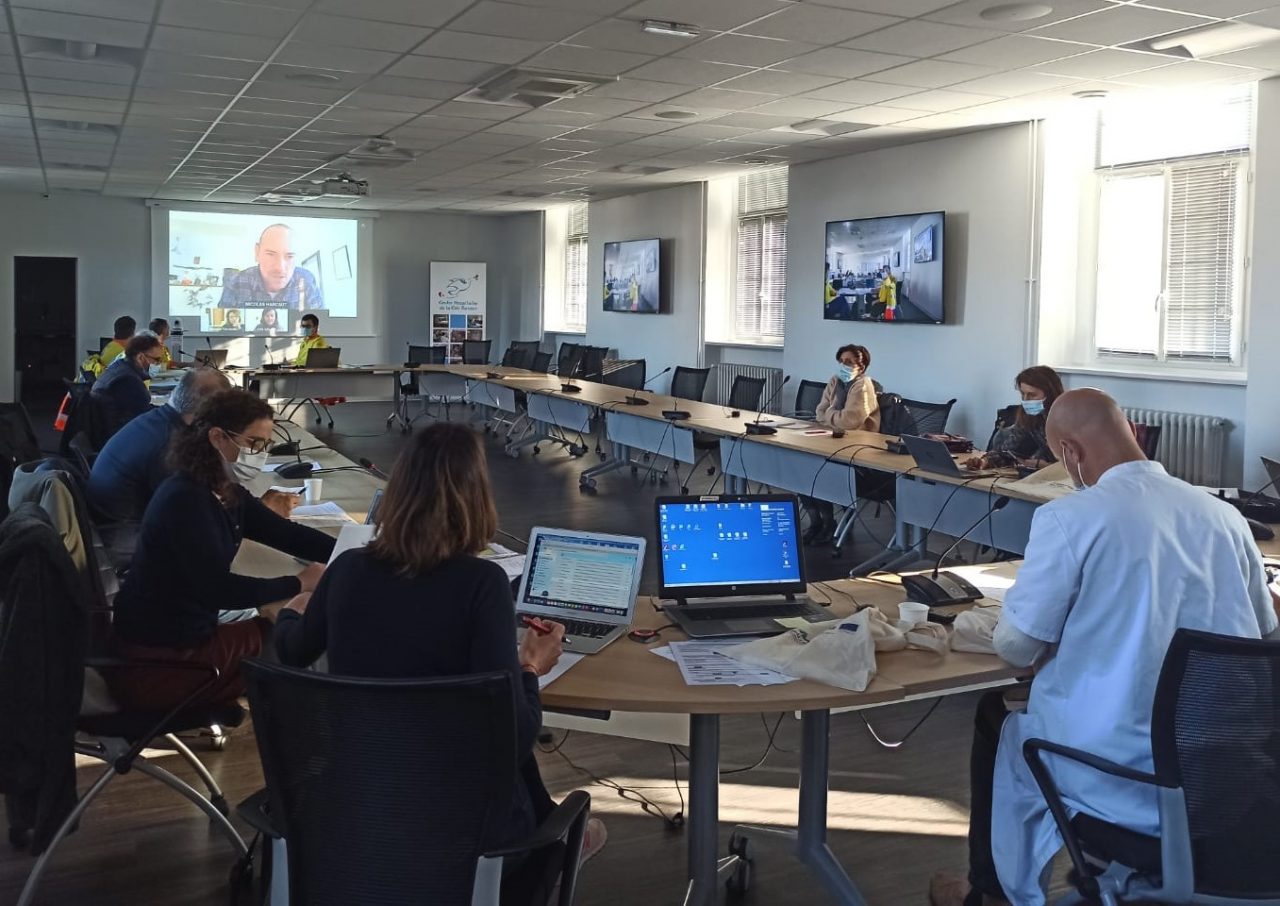
The Bayonne Festival, the San Fermines, Catalonia Day, the Music Festival and the 14th of July: the partners exchanged their experiences on the medical units deployed during the big events in the Pyrenean region. Due to the COVID-19 pandemic, these events weren’t held in the last two years, which made it difficult to carry out the scheduled exchange of experiences between the professionals. Nevertheless, this sharing of experiences and good practices will aim to draw up a joint protocol for big gatherings.
Technological innovations to improve the emergency services at big events.
With respect to big events, during the meeting the state of development of the mapping tool that compiles the health resources and big events in cross-border regions was presented. It is a transversal application covering the entire project that, in addition to serving to improve the management of health units during big events, enables the resources used to be displayed and managed. All this by means of a map with several layers.
Furthermore, a Multiple Victim Incident platform has been developed, enabling real time reporting of what happens. It can also record incidents with multiple victims, the people affected and track them, in situ, during their transfer to hospital and in the hospital. It also enables the team responsible for the emergency unit to be defined and its leaders managed, as well as to assign the necessary hospital resources and referrals. It also enables a brief of the situation to be obtained at any time and the victims’ evolution to be followed. This platform provides a real-time picture of the incident, the unit deployed and the people affected.
Similarly, a report was made on the progress of the actions taken to deploy the U2MR, the mobile medical regulation unit developed by the Basque Coast Hospital and the SAMU (Emergency Medical Care Service) of Bayonne. This unit will facilitate the coordination of medical care services for big events or disasters, transferring resource management to the place they occur.
Simulations and transfer of patients
More focused on trauma care, the University Hospital of Navarra, together with the Navarrabiomed research centre, presented a training tool, applicable in the field, for sending information about patients between different emergency teams. It enables patients to be transferred from one side of the border to the other, overcoming the language barrier. The progress made on TraumaNet, a database platform for care of severe trauma patients and covering the variables related to their survival was also presented. This tool is intended to become a key element in the provision of proper cross-border health care.
Finally, we should note that the work carried out for the creation of joint procedures for the care of severe trauma patients, as well as a cross-border healthcare cooperation protocol, was also presented.
The project network is made up of theUniversity Hospital of Toulouse (CHUT), the University Hospital of Navarra together with the Navarrabiomed Research Centre, the Basque Coast Hospital (CHCB) and the Medical Emergencies System (SEM) of Catalonia. The EGALURG project has a budget of 2,343,192 euros, 1,523,075 (65%) of which have been co-financed by the European Regional Development Fund (FEDER) through the Interreg V-A Spain-France-Andorra Programme (POCTEFA 2014-2020). The aim of POCTEFA is to strengthen the economic and social integration of the Spain-France-Andorra border area. Its aid is focused on developing cross-border economic, social and environmental activities, through joint strategies in favour of sustainable regional development.
